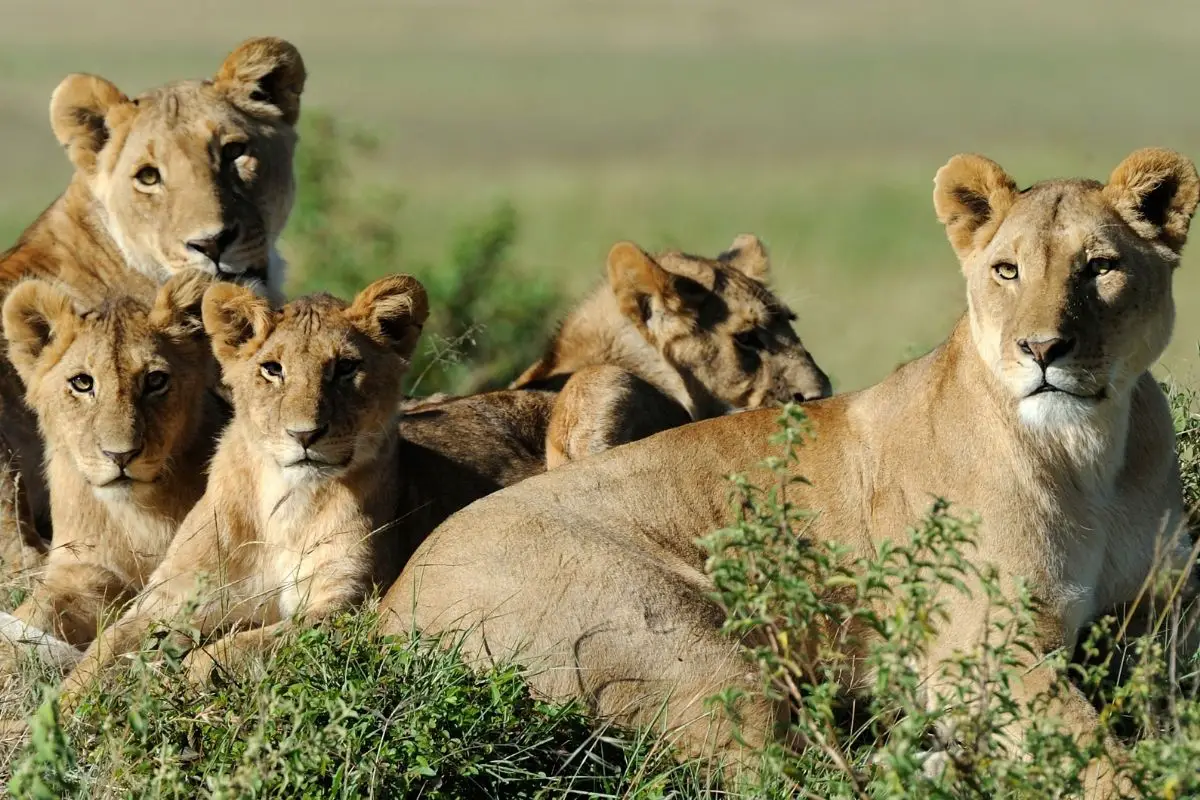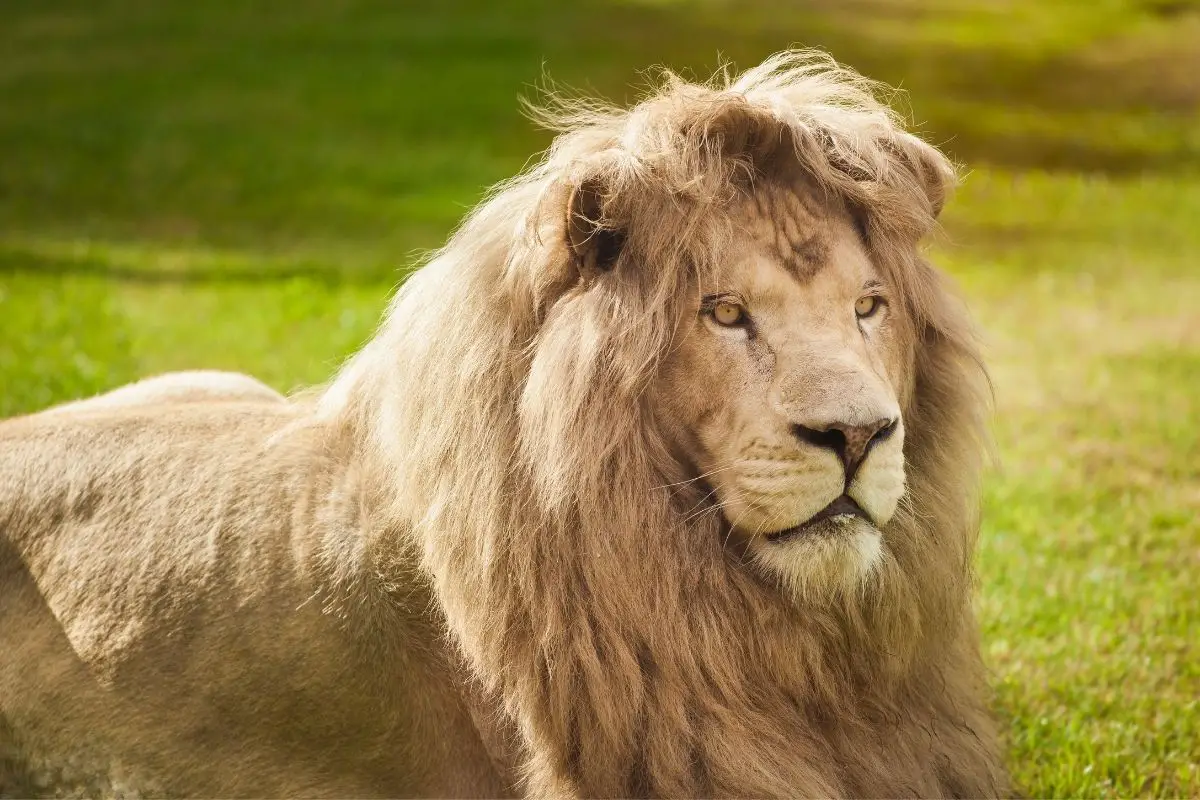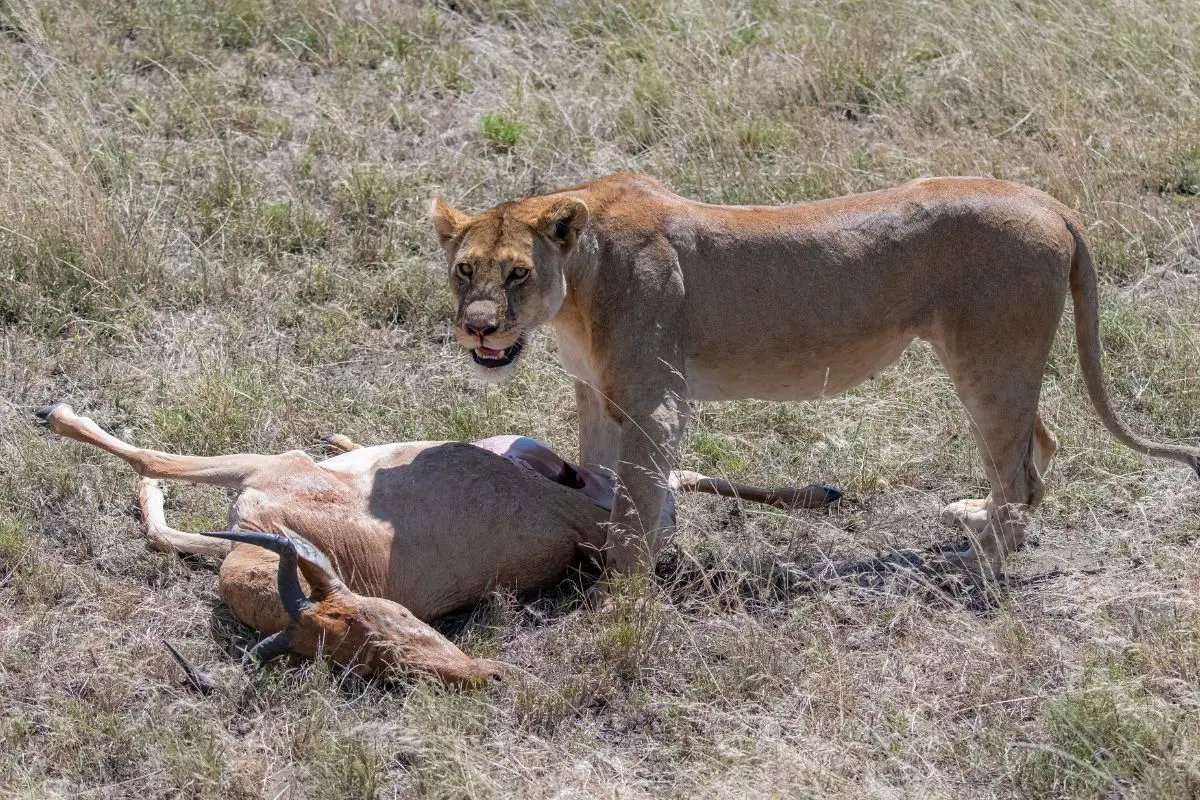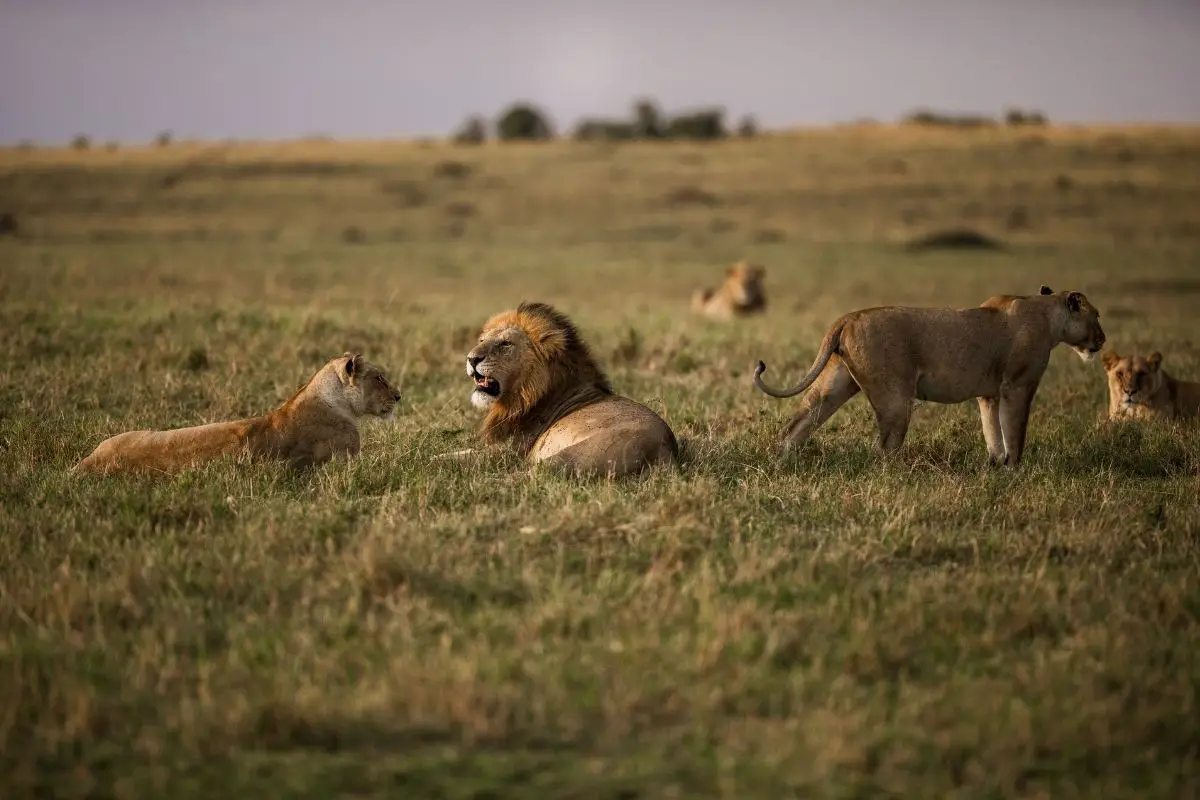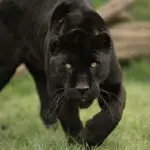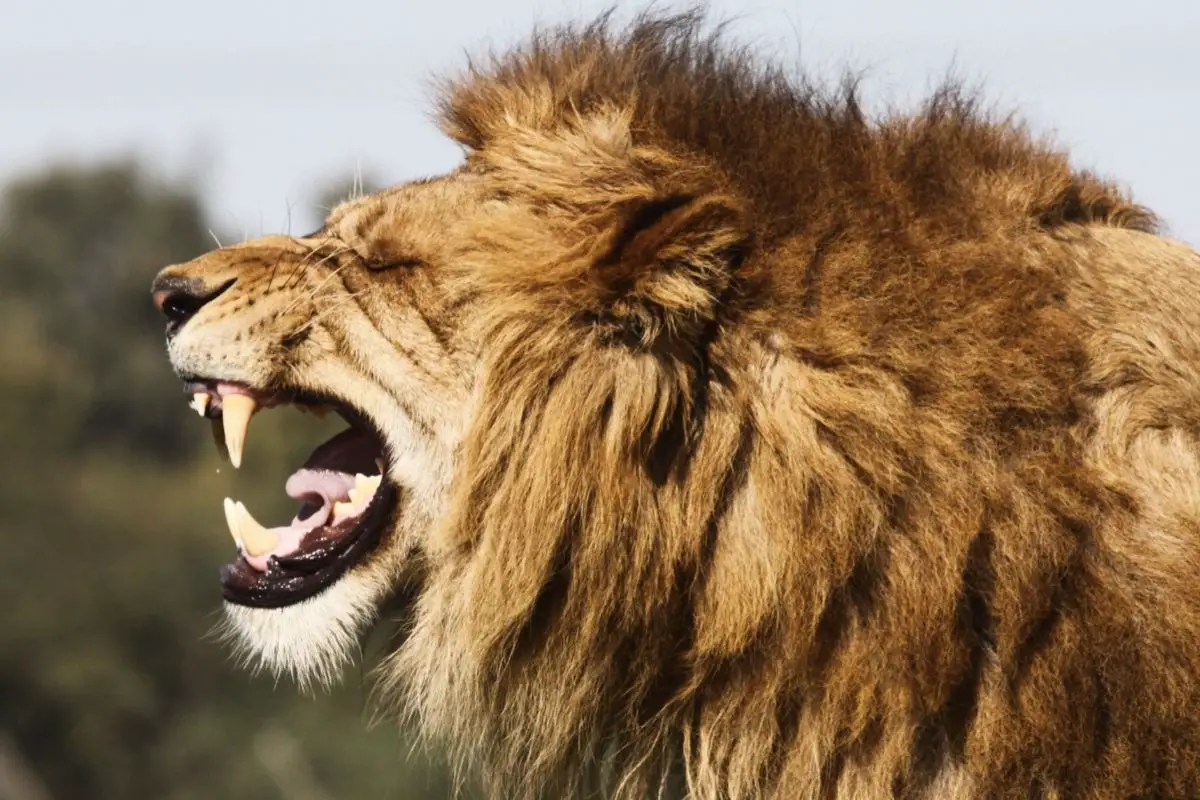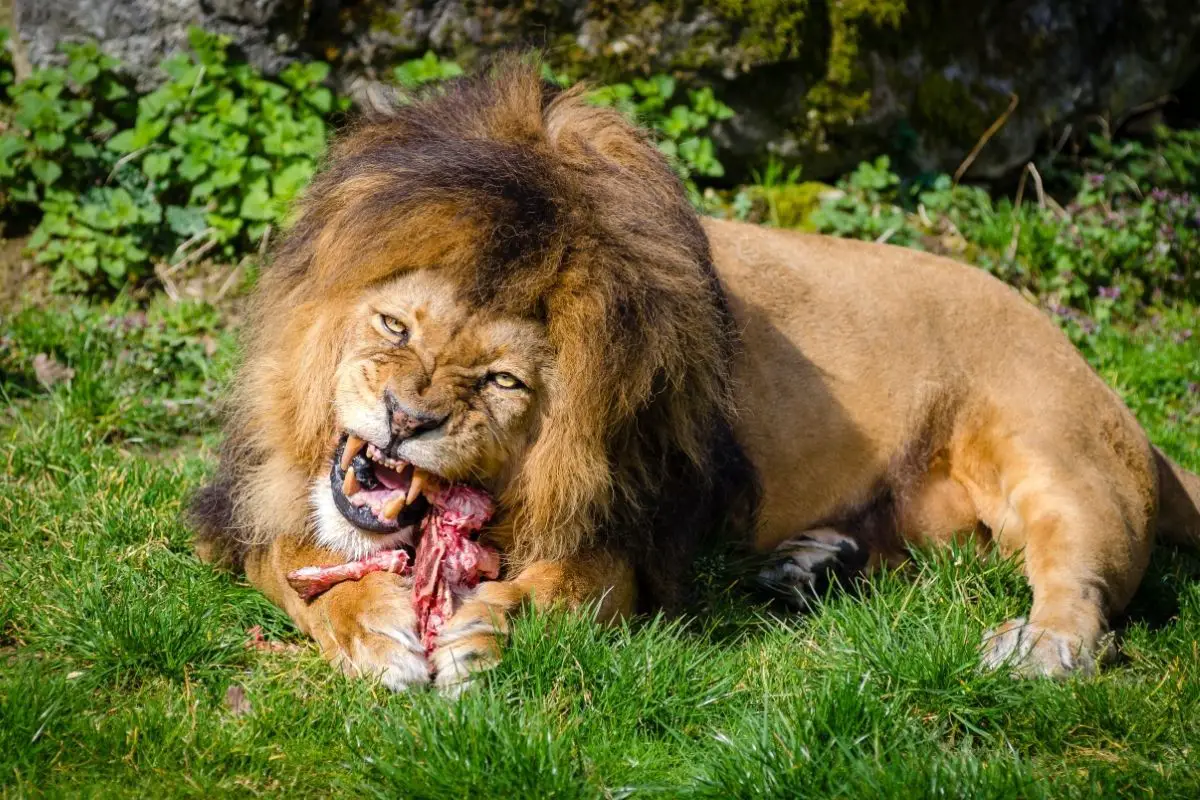Cheetahs and lions share the open grasslands and savannas of sub-Saharan Africa. But while they may cross paths, do lions actually prey upon cheetahs? Or do these iconic carnivores stick to easier targets?
The interactions between lions and cheetahs provide a fascinating glimpse into predator politics. Cheetahs must walk a delicate line to avoid becoming a snack for bigger, more powerful predators. Understanding the relationship between African mega-fauna helps inform conservation policies to protect fragile ecosystems.
Let’s examine how cheetahs manage to co-exist on the plains ruled by lions despite being physiologically disadvantaged. As well as situations where conflict can arise between these spellbinding predators leading to deadly consequences.
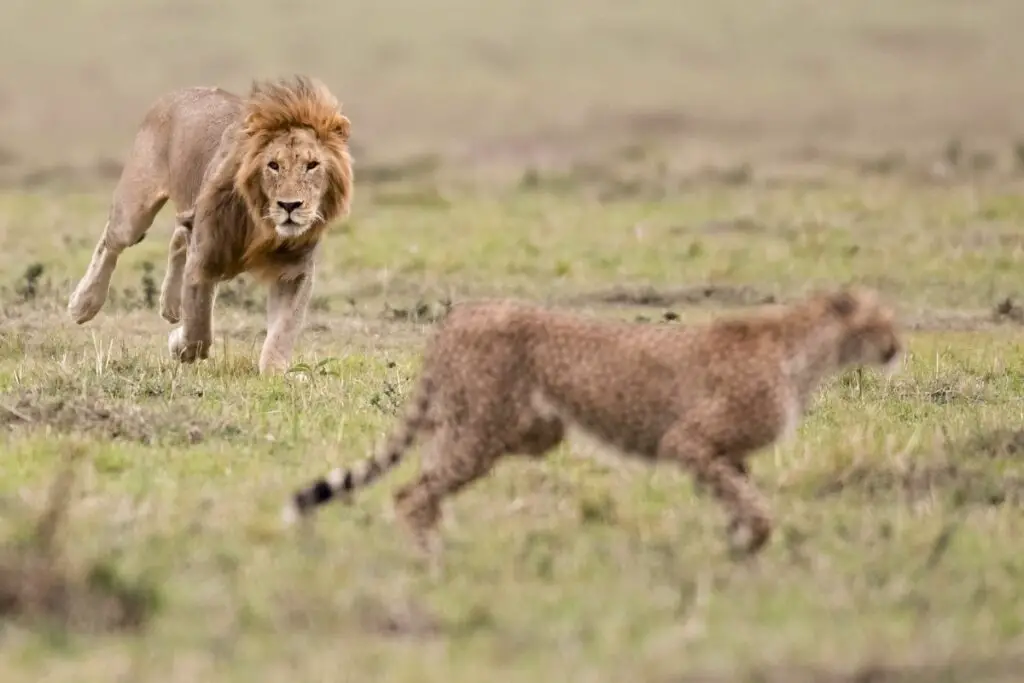
The Physiology of Cheetahs vs Lions
To appreciate the significant physical disparities and hunting strategies of these carnivores, let’s take a quick look at their builds.
The Cheetah
Cheetahs are built for astounding speed and acceleration to run down gazelle, impala, and smaller antelope over short distances. They have long slender bodies with lightweight skeletons and reduced Collarbones to enhance running flexibility.
Their golden yellow coats covered in small black spots provide camouflage when hunting during the day. A small head, semi-retractable claws, and long muscular tail act as rudders keeping them perfectly balanced when in pursuit.
Weighing just 100-150 pounds, cheetahs are the smallest African big cats. Low genetic diversity makes them vulnerable to disease. Perhaps just 7,000-10,000 cheetahs remain in Africa.
The Lion
As the second largest living cat species behind tigers, male African lions average 420 pounds but can reach 500 pounds. Their muscular frames, powerful jaws, and sharp retractable claws equip them for tackling large prey like buffalo, zebra, and wildebeest.
The famous luxurious mane surrounding males’ faces provide no hunting advantage. But do help intimidate rivals and attract mates. Lions live in large social groups called prides to help corral and defend prey.
Only around 20,000 lions remain in Africa due to poaching, retaliatory killings by farmers, and habitat loss. The iconic predator has disappeared from over 90% of its historic range.
Contrasting Hunting Strategies
Cheetahs and lions have evolved starkly different techniques for catching prey. These strategies influence how much direct competition arises between them.
The Cheetah’s speedy Pursuit
Cheetahs rely on explosive acceleration up to 65 mph to run down prey in open grassland habitats. At top speed, their stride reaches 23 feet in length! This rapid pursuit leaves them winded, so cheetahs must make quick kills within 30-60 seconds before exhausting themselves.
Due to their smaller size, cheetahs are only capable of taking down smaller antelope species weighing up to 150 pounds. Gazelles and impala make up a majority of their diet. They kill prey by tripping it during full speed chases and then suffocating with a throat bite.
The Lion’s Strategic Ambush
In contrast to cheetahs, lions rely on stealthy ambushes and well-coordinated group attacks to bring down larger prey like Cape buffalo weighing over 1 ton.
Lionesses sneak through grasslands and brush, fanning out to flank prey animals before the sudden ambush. They hamstring victims to knock them off balance and then deliver a suffocating bite to the neck or mouth to finish the kill.
Male lions play a secondary role in hunts but help defend kills from hyenas and other scavengers. This cooperative hunting allows lions to exploit a wide range of prey up to 10 times their size.
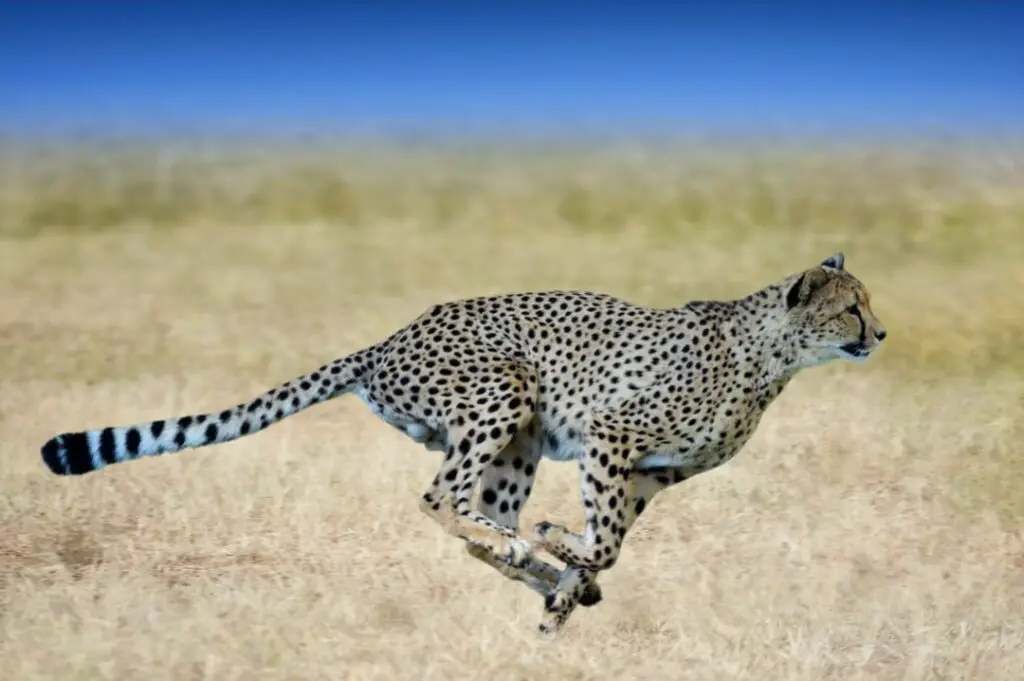
Partitioning Resources to Avoid Direct Conflict
Given the extreme differences in hunting styles and preferred prey, direct competition between cheetahs and lions is minimal most of the time. Essentially, they divide up food resources by sticking to their strengths rather than contending for the same target species.
Cheetahs evolved for agility and explosive sprints to specialize in catching smaller, faster antelope like Thompson’s gazelles and springbok that lions have trouble keeping up with and pulling down.
Lions are better adapted as power athletes to wrestle larger, formidable herbivores like wildebeest, zebra, and Cape buffalo to the ground. These behemoth prey animals would inflict harmful kicks if pursued by slender cheetahs.
So generally, cheetahs keep to smaller game while lions take on mega-herbivores. This natural partitioning of prey helps the two iconic carnivores avoid competing head-to-head for kills within their shared territories.
Scavenging Dynamics – Limits of the Cheetah The one-sided relationship flips when it comes to consuming leftover kills. Cheetahs are far more likely to scavenge leftover remains from lions’ hunts than the other way around.
Unlike powerful hyenas, cheetahs lack the physical strength and dentition to rip apart thick buffalo hide and bones. So they routinely scour lion territories for remains of their large kills. This allows cheetahs to gain bonus calories without having to expend precious energy on hunting.
Lions fully exploit their large prey, leaving little meat left over for competitors. This forces cheetahs to opt for lions’ scraps rather than attempting to steal fresh kills and incur potentially lethal retaliation.
Why Would Lions Attack Cheetahs?
So far, the lion and cheetah relationship appears quite complementary. But there are particular circumstances that lead to deadly conflicts, mainly when cheetahs are perceived as a threat to lion cubs.
Here are the main scenarios that can trigger lion aggression toward cheetahs:
Protecting Cubs
Like any parents, lion mothers exhibit extreme protectiveness over their vulnerable offspring. They will take no chances with any potential threat.
Because male cheetahs hunt alone, any approaching a lioness with cubs could be mistaken as wanting to harm the babies. The defensive mother may go on the offensive.
Disputes Over Prey
If a lucky cheetah manages to snag a substantial Thomson’s gazelle or young wildebeest calf, it risks drawing the ire of any nearby lions wanting to steal the meal.
Cheetahs lack the ability to defend carcasses from larger predators and will usually surrender the kill rather than put up a futile fight against a lion or hyena. But disputes could still spark attacks.
Encroaching on Lion Territories
Normally wary of lion zones, cheetahs may occasionally stray into their turf if pickings in their own hunting grounds run slim.
But lions are highly territorial and will aggressively drive out any “trespassers” they perceive as impugning on their realm – even timid cheetahs just passing through.
Cubs Mistaking Cheetahs for Prey
One peril cheetahs face is encounters with naive sub-adult lions who misinterpret them as just another gazelle to practice their unrefined hunting skills on before growing large enough to tackle buffalo and zebras.
These blundering attacks frequently result in serious injury or death for the cheetah if no older lions intervene in time to call off the obstinate youngsters.
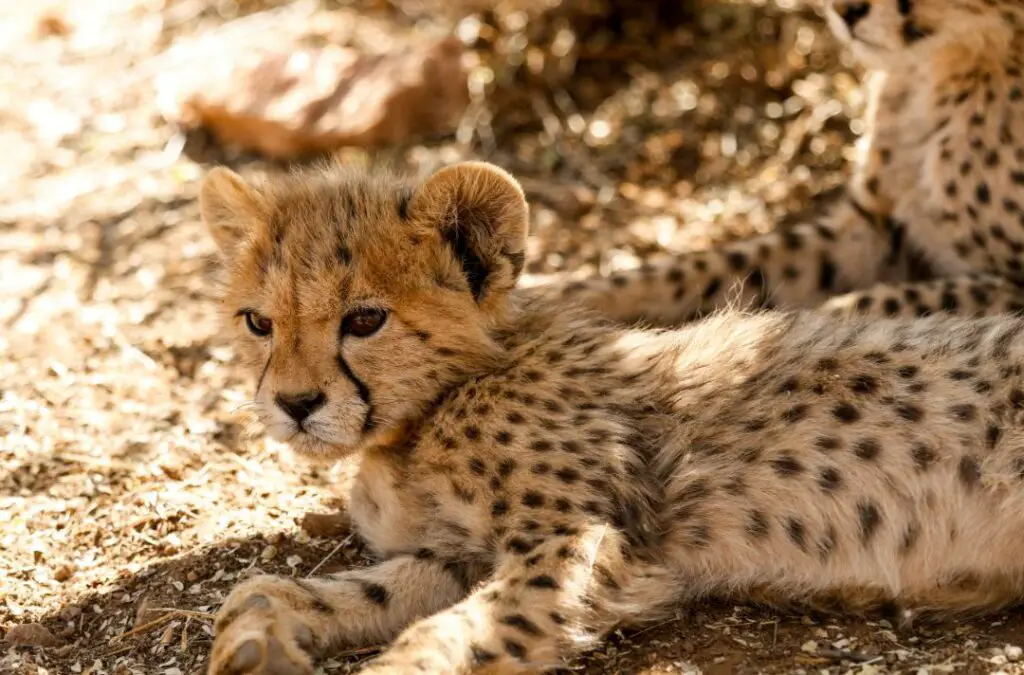
How Do Cheetahs Avoid Conflict With Lions?
Given all these potential scenarios that can spark aggression, how have cheetahs adapted to coexist for ages alongside dominant lions on the savanna?
Their survival hinges on effective behavior strategies to avoid drawing unnecessary attention and ire from lions. These include:
Fine-Tuned Evasion
Cheetahs are famously timid and quick to flee from any potential threat, be it a scavenging hyena or irritated baboon. Their flight instinct helps them evade confrontation with lions when paths cross.
Give Way to Lions
When lions appear, cheetahs immediately give up ground and back away to communicate peaceful intentions. They also relinquish kills to lions. Avoiding disputes over resources prevents retaliation.
Create Distance
Cheetahs tend to hunt in different areas than lion prides roam. This geographic separation minimizes contact. Female cheetahs also move cubs frequently to keep their locations secret.
Blend into the Landscape
A small, slender build allows cheetahs to disappear against the grass when lions approach. Freezing and crouching in concealment helps them go unseen even in open terrain.
Only Scavenge Cautiously
Scavenging lions kills is integral for cheetahs accessing calories beyond small gazelles they can catch themselves. But they must scope out carcasses carefully and approach slowly to eat only leftovers that won’t be contested.
Keep a Watchful Eye
Vigilance is key anytime cheetahs detect lions nearby. They cease calling attention to themselves and watch lions’ every move, prepared to flee at detecting signs of aggression.
How Do Cheetah-Lion Interactions Usually Go?
So in reality, how often do these tensions actually lead to aggressive encounters in the wild?
Research shows that while generally avoiding conflict, an estimated 9% of cheetah deaths are caused by lions or other predators. But suspected conflicts go widely underreported given the challenges observing interactions in the remote African bush.
When cheetahs hear or spot lions in the vicinity, they quickly try to skedaddle without attracting notice. Lions may watch with mild interest but usually cannot be bothered giving chase. They only attack if cheetahs present a clear and present danger to cubs or contest a fresh kill.
Most cheetah-lion interactions end with both parties moving off in opposite directions wanting little to do with one another. Neither looks for a fight for fight’s sake alone out on the wide open savanna.
Mutual wariness and concessions around territory and resources allow the two iconic carnivores to maintain an uneasy truce despite their kinetic differences. But confrontations can still occasionally turn fatal, especially when mother lions’ protective instincts kick in.
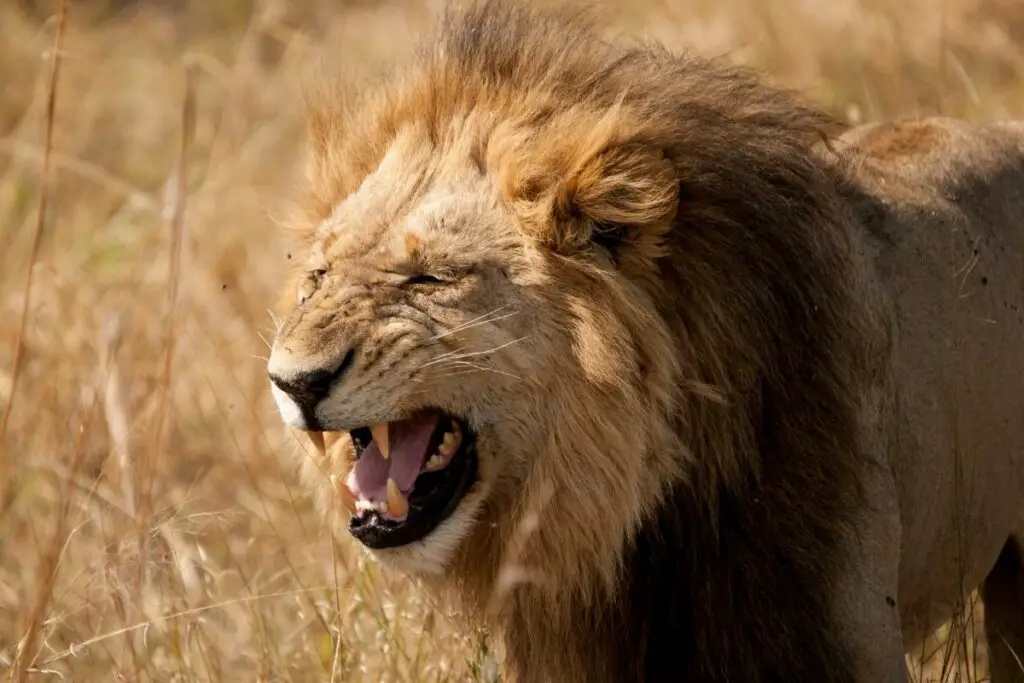
Rare Captive Cases of Lions Killing Cheetahs
While wild cheetahs have evolved largely peaceful avoidance behaviors with lions, documented killings have occurred in unnatural captive settings:
DeWildt Cheetah Centre – South Africa:
Several cases involved fatal attacks by lions on cheetahs when temporarily housed in enclosures adjacent to one another at this captive breeding facility.
Experts concluded psychological stress from close proximity likely caused the aberrant aggressive response. No such incidents occurred when lions were housed well away from cheetahs on-site.
Dallas Zoo Incident:
In 2016, a newly arrived male lion named Bahati tragically killed a female cheetah named Kima after being placed in a yard together.
Zookeepers deemed Bahati’s conduct highly unusual given his normally calm disposition. But the unfortunate attack highlighted the innate predator instincts that surface under confinement.
These isolated incidents further demonstrate that while not a natural dynamic, lions can kill cheetahs in forced unnatural situations causing stress, fear, and territorial disputes.
How Can Cheetahs & Lions Coexist Going Forward?
Looking ahead, several concerning trends threaten to disrupt the delicate balance between cheetahs and lions across Africa:
Population Declines
With under 20,000 lions and around 7,500 cheetahs left continent-wide, both species now face extinction risks from poaching, habitat fragmentation, and prey loss. The scarcer numbers increase competition for resources and likelihood of conflict.
Human Encroachment
Expanding farmland and villages carve up habitat, forcing cheetah and lion territories to overlap more often, inflaming territorial disputes over smaller areas. Retaliatory killings of both predators escalate when farms and livestock encroach.
Climate Change
Increasingly severe droughts decimate herbivore populations that big cats all prey upon. Prey scarcity can ignite fierce competition and motive lions to kill off competitors like cheetahs to reduce resource drain.
Combating Threats to Enable Coexistence To foster long-term coexistence, conservationists recommend:
- Building wildlife corridors between protected areas to ease territorial pressures and reduce vengeful livestock killings near farms.
- Cracking down on poaching and the exotic pet trade to enable populations to rebound.
- Protecting buffer zones around reserves to reduce human-wildlife conflicts.
- Implementing early warning systems to alert farmers when predators near livestock.
- Installing water pumps in dry regions during drought to provide alternative water sources away from villages.
- Educating local communities on reducing grazing demands and conserving carnivore habitats.
- Studying predator interactions to pinpoint trigger conditions leading to avoidable conflicts.
With focused global support, iconic yet vulnerable African predators like cheetahs and lions can thrive for generations in mutually beneficial balance, rather than needless bloodshed further decimating fragile populations.
The King and the Underdog: A Nuanced Coexistence Lions undoubtedly dominate the savanna, reigning as the rightful kings of the jungle. But rather than scapegoating underdogs like the cheetah as a pest or needless competitor, closer examination reveals a nuanced dynamic where both predators ultimately avoid deadly conflict through caution, concessions, and resource partitioning.
This model of adapting to coexist could offer vital lessons in resolving tensions between local human communities and wildlife populations across conservation landscapes worldwide. When given sufficient space and consideration, iconic African megafauna perpetuate in harmony.
- Bengal Cat vs Wild Bengal Tiger: Complete Comparison 2025 - October 31, 2025
- Complete Wild Cat Spotting Guide for Hikers 2025 - October 31, 2025
- Lynx vs Bobcat: Complete Field Identification Guide 2025 - October 30, 2025

